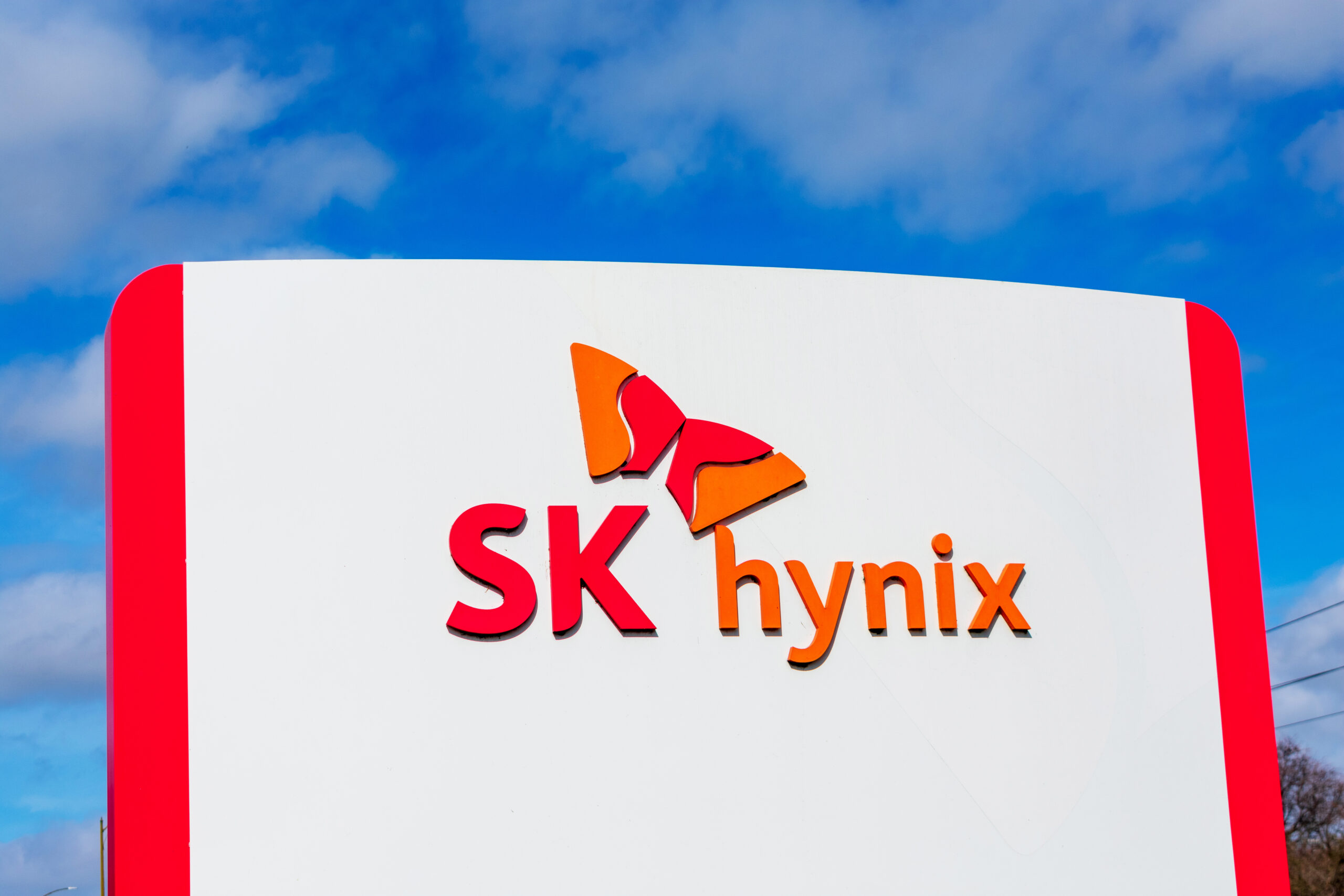Google Gemini Demo Not as Real-Time as Portrayed, AMD Rises

Key Insights:
- Google’s Gemini AI demo reveals scripted responses, highlighting a gap between current technology and future aspirations.
- AMD challenges Nvidia in the AI hardware race, gaining support from tech leaders like Microsoft and Oracle.
- SAG-AFTRA addresses AI ethics in entertainment, mandating consent and fair compensation for using performers’ likenesses.
Google’s recent demonstration of its Gemini AI model captured significant attention with its apparent multimodal capabilities. However, a closer look reveals a different story behind this impressive showcase. While the video suggested real-time, audio-based interaction, the process was rooted in text-based responses and pre-arranged scenarios.
Dissecting the Gemini Demonstration
In the much-discussed video, Gemini interacted with the user’s environment, identified objects, and engaged in games such as rock, paper, and scissors. However, this was not a live demonstration of the model’s capabilities.
According to a Google spokesperson, the process involved using still image frames from the footage, with text-based prompts guiding the responses. The voice heard in the demo was not Gemini’s real-time reaction but a narration of pre-generated text responses. This revelation underscores the current limitations of AI technology despite its potential for future advancements.
The Gap Between AI Potential and Present Reality
Oriol Vinyals from Google DeepMind admitted that the video represented future user experiences with Gemini rather than a display of its current state. This situation highlights a common theme in the AI industry: the gap between the exciting potential of AI technology and its present-day capabilities. While the demonstration was less real-time than perceived, it still points to the significant progress in AI research.
AMD Challenges Nvidia in AI Hardware
AMD is switching focus to the hardware that powers AI and making a bold move with its Instinct MI300-series accelerators. This development positions AMD as a strong competitor against Nvidia in AI computing. Key players like Microsoft, Oracle, and Supermicro have expressed support for AMD’s new technology, signaling a shift in the landscape of hardware used for AI development.
AMD’s latest hardware release is rapidly gaining traction. Companies are planning to incorporate these accelerators into their servers and cloud platforms. The increasing adoption of AMD’s technology indicates a growing ecosystem that could offer more diverse options for AI developers, challenging Nvidia’s long-held dominance in the market.
Regulating AI in the Entertainment Industry
AI has sparked significant debates in the entertainment industry, particularly among actors and performers. The agreement ratified by SAG-AFTRA members with the Alliance of Motion Picture and Television Producers is a landmark development. The deal mandates explicit consent and appropriate compensation for performers when their likenesses are used in AI-generated content.
The SAG-AFTRA agreement is crucial in addressing concerns about AI in the entertainment sector. It reflects the industry’s attempt to balance adopting new technologies with ethical standards and performers’ rights. This development is about safeguarding rights and shaping the future of AI integration into creative processes.
Meta’s Contribution to AI: Imagine and Watermarking
Meta, another key player in the AI landscape, released Imagine, a web-based text-to-image app. This development is significant as Meta plans to incorporate digital watermarking to label synthetic content generated by its software. The watermarking technology, which remains invisible to the human eye, can be detected by a corresponding model. This feature aims to increase transparency and traceability of AI-generated content.
Imagine is powered by Emu, which can create 2D and short 3D animated videos. This tool signifies a leap in AI-driven content creation, allowing users to generate images and videos based on text prompts. The introduction of watermarking is a response to growing concerns about the authenticity and origin of AI-generated content.
Editorial credit: Robert Way / Shutterstock.com
Tokenhell produces content exposure for over 5,000 crypto companies and you can be one of them too! Contact at info@tokenhell.com if you have any questions. Cryptocurrencies are highly volatile, conduct your own research before making any investment decisions. Some of the posts on this website are guest posts or paid posts that are not written by Tokenhell authors (namely Crypto Cable , Sponsored Articles and Press Release content) and the views expressed in these types of posts do not reflect the views of this website. Tokenhell is not responsible for the content, accuracy, quality, advertising, products or any other content or banners (ad space) posted on the site. Read full terms and conditions / disclaimer.




